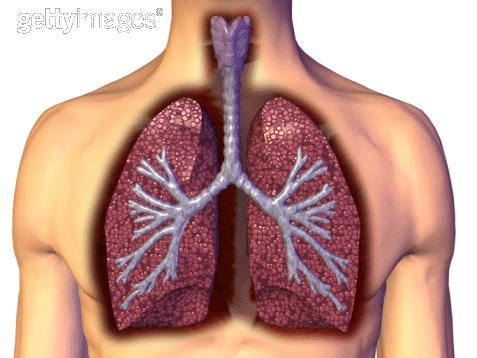Jessica Dorning
The Crayfish is very different to the human. Many of its systems are different and somehow alike.
Crayfish.





The crayfish belongs to the Arthropoda phylum. A crayfish is a crustacean meaning it has a shell and no backbone making it an invertebrate. Crayfish usually dwell at the bottom of marine environments, there are different species and each live in certain water environments such as freshwater, salt, brackish, creeks, rivers, and ponds. Crayfish are important to the food chain because humans consume them and crayfish consume live plants, dead plants, and animals.
The crayfish's skeletal system is known as an exoskeleton,
where the body support is found outside the organism, while the
human's is an endoskeleton which is found inside. The crayfish is
made up of one large,crusty, and hard covering that is scleritized in
some place's and unscleritized in others. The human
has bones and joints.
The crayfish have an open circulatory system, where a dorsal heart pumps hemolymph, a circulatory liquid, into several parts of the body by large vessels. It travels around the body into tissues and gets oxygenated in the gills. The human has a closed circulatory system that pumps blood from the heart into several blood vessels. They both have hearts and get oxygenated but they both don't have blood and one is open and one is closed.
They have featherlike gills for respiration, as the crayfish moves with its legs circulate water into its gills the gills take in oxygen and let out carbon dioxide. Humans take in oxygen through the mouth and send into the lungs, and let out carbon dioxide. Both systems let in oxygen and let out carbon dioxide, but use different organs, the gills and the lungs.
The crayfish's food passes from its esophagus to its
stomach where teeth grind the food, its mixed with
enzymes and enters the intestine and leaves through
the anus. Humans also have an esophagus, stomach
intestine, and anus but they have many other parts
that the crayfish does not have as part of its digestive tract.
The crayfish brain consists of a pair of ganglia that
send nerve impulses to all its sense organs using a
ventral nerve cord. The human system contains a central
nervous system with a spine, which the crayfish does
not have however they both send impulses from the brain.
Domain: Eukaryota
Kingdom: Animalia
Phylum: Arthropoda
Class: Malacostraca




Crayfish
Heart
Human Heart